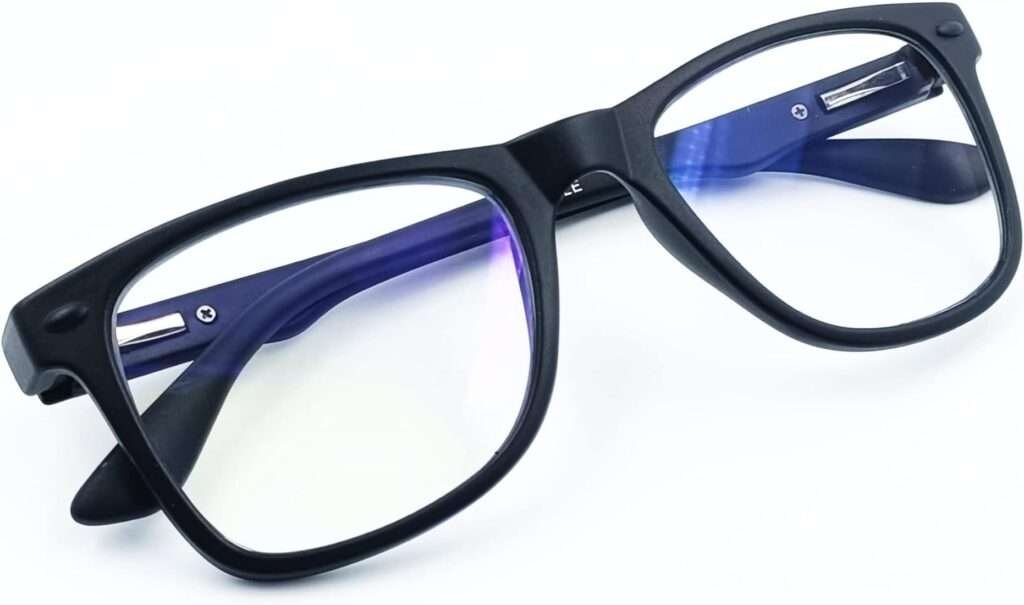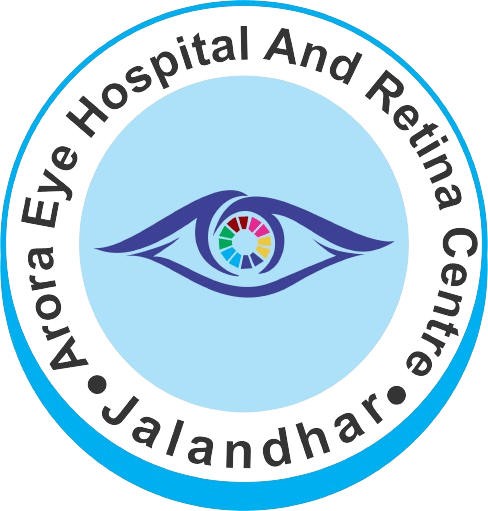
As a result of worries about the possible negative effects of blue light emitted from screens in the digital era, blue-tinted glasses have become more popular and are being sold as a remedy. These eyeglasses promise to lessen eye strain, enhance the quality of your sleep, and shield you from the alleged risks of blue light exposure. But despite the marketing bluster, there is frequently a dearth of scientific data to back up their effectiveness. Let’s explore the reasons why utilizing computers or mobile devices while wearing blue-tinted glasses might not be as easy as it seems.
Comprehending Blue Light
High-energy visible (HEV) light, which is produced by LED lights, digital screens, and sunlight, includes blue light. It has been connected to creating eye strain, upsetting sleep cycles, and possibly triggering long-term problems with eye health. Although excessive blue light exposure, particularly at night, can disrupt our circadian rhythm and be uncomfortable, the truth is more complex than what is portrayed in the media.
The Potential of Glasses with a Blue Tint
Blue-tinted glasses make the claim that they reduce the harmful effects of blue light by blocking or filtering it out. Wearing these glasses while using digital gadgets, according to its supporters, can reduce eye strain, enhance attention, and encourage better sleep. Nevertheless, there is sometimes scant or conflicting scientific data to back up these assertions.
Absence of Robust Scientific Proof
There have been conflicting findings from numerous studies looking at the effects of blue light and blue-blocking glasses. Blue-tinted glasses may help reduce the negative effects of blue light exposure on sleep quality and eye health, although their efficacy in doing so is debatable.
According to a 2018 study that was published in the journal Ophthalmic & Physiological Optics, there was no discernible objective improvement in sleep metrics when blue-blocking glasses were compared to clear lenses, despite the fact that they may enhance subjective measures of sleep quality. Similarly, a 2017 analysis that was published in the Survey of Ophthalmology found that there is insufficient and contradictory data to support the use of blue-blocking glasses to lessen digital eye strain or enhance sleep quality.
The Value of Appropriate Screening Behavior
The best way to reduce the possible harm that blue light exposure can cause is to develop healthy screen habits instead of depending just on blue-tinted glasses. Here are a few useful pointers:
Take Regular Breaks: To lessen eye strain, observe the 20-20-20 rule, which states that you should look at something 20 feet away and take a 20-second break every 20 minutes.
Modify Screen Settings: Most devices provide options to cut down on the emission of blue light, such as Night Light on Android and Night Shift on iOS. Especially in the evening, adjusting these settings can help reduce exposure to blue light.
Make Use of Proper Lighting Make sure your desk has enough lighting to prevent glare and lessen eye strain.
Limit Screen Time Before Bed: To encourage improved sleep quality, limit the amount of time spent on screens before bed. Instead, take part in peaceful activities.
Conclusion: A Balanced Perspective
Although some people may find some subjective relief from digital screen usage, blue-tinted glasses are not a cure-all for the possible risks associated with it. Rather, it is imperative to prioritize healthy screen behaviors and lifestyle choices in order to preserve eye health and general well-being in the digital age. Therefore, weigh the data and give comprehensive approaches to lowering blue light exposure and enhancing eye comfort priority before purchasing blue-tinted spectacles. Recall that when it comes to screen time, moderation and common sense are key.

